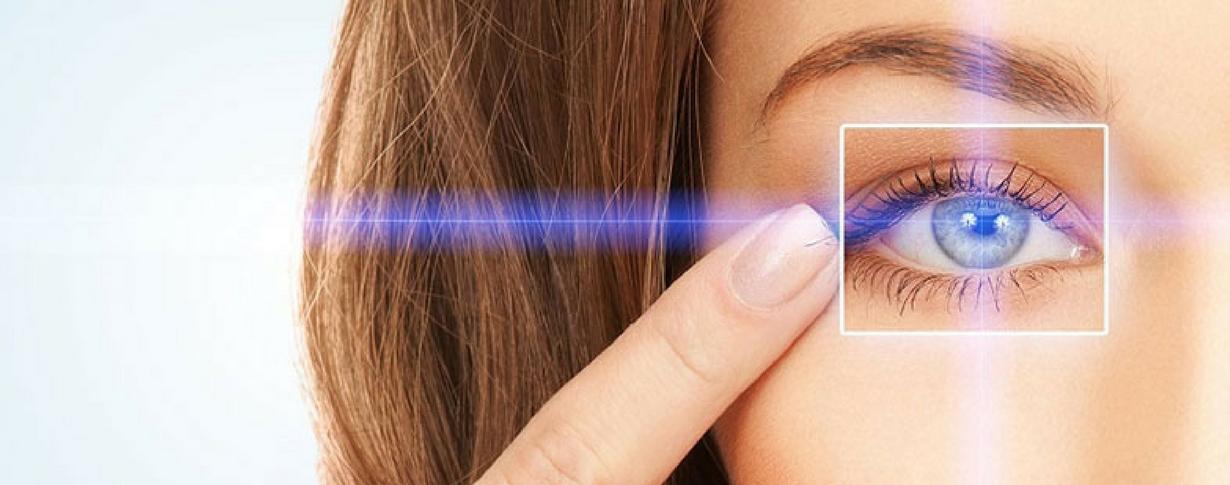Glaucoma Can Cause Blindness If Untreated!
What is glaucoma?
It is a disease that leads to the destruction of the optic nerve and loss of vision due to high intraocular pressure. It is also called glaucoma and black water disease.
It is an insidious disease that usually progresses without symptoms. When the patient feels the loss of vision, optic nerve damage has developed and these nerve fibers cannot renew themselves. There is no recycling. An eye pressure of 10-20 mmHg is considered normal. In order to understand eye pressure, it is necessary to roughly know the structure of the eye. The light coming into our eyes first passes through the vitreous layer called the cornea, then through the anterior chamber of the eye, then through our lens and the posterior chamber of the eye, and falls on the layer where the optic nerve fibers are called the retina. From here, it is transmitted to the part of our brain that allows us to see, by the optic nerve, which is formed by combining these nerve fibers.
Vision takes place in the visual center of the brain. Our eyes only act as a camera. The optic nerve provides the transmission between the eye and the brain.
Incoming light should not be interrupted as it passes through the eye. In other words, while passing through our cornea and lens, there should be no blood vessels in these tissues that would obstruct the view. However, the cells in these two tissues need oxygen and nutrients just like the other cells in our body, and the waste materials formed also need to be removed from the eye. This task of blood circulation in other tissues is in the eye; A special fluid called intraocular fluid performs the circulatory system. This fluid is constantly secreted by a tissue inside the eye. It leaves oxygen and nutrients to the cornea and lens, takes waste materials and leaves the eye through an excretory duct.
This disease occurs when the narrowing of the channels that drain the intraocular fluid or the tissue that produces the intraocular fluid begins to produce more than normal. When the fluid cannot be easily removed from the eye, the intraocular pressure rises and this high pressure causes their destruction by crushing the retinal nerve fibers without any symptoms over the years.
Diagnosis is delayed because the damage usually develops slowly and begins earlier in one eye. The patient’s healthy eye compensates for the other’s impairment, so that the patient does not feel the loss of vision in the early period. Glaucoma is of two types; 1. Open-angle glaucoma (the mouth of the excretory duct is open.) 2. Narrow-angle glaucoma (the mouth of the excretory duct is narrowed by the iris root.)
Glaucoma is often; It is seen in 2% of people over 40 years of age and 10% of people over 60 years of age in people with first and second degree relatives with glaucoma. It is common in high myopia, high hyperopia, people using all kinds of cortisone drugs, diabetes patients, intraocular inflammation called uveitis, eye tumors, eye injuries, uncontrolled high or low blood pressure, migraine.
Glaucoma Symptoms (In Open Angle Glaucoma)
It is usually symptomless at the beginning and is painless. As the disease progresses, blind spots occur in the visual field due to optic nerve damage. In the advanced stages, the patient cannot see the objects around the place he is looking at as if he is looking through a pipe. Headaches in the morning, blurred vision, seeing halos around lights at night.
In narrow-angle glaucoma, it develops when the iris blocks the front of the excretory duct, and the eye pressure rises to 40-50 mmHg, causing severe eye-headache, blurred vision, nausea, and vomiting. It should be treated urgently.
Glaucoma Diagnosis:
Measurement of intraocular pressure (Eye pressure measurement)
Examination of the anterior camera angle of the eye
Examination of the optic nerve (examination of optic nerve head and nerve fibers = HRT, OCT, RTA, WFA)
Visual field measurements measure the function of optic nerve fibers.
Measuring the corneal thickness of the eye
The importance of early diagnosis; Visual nerve fiber loss is a progressive and irreversible loss, nerve fibers cannot renew themselves. Therefore, the earlier it is diagnosed and the earlier the treatment is started, the less vision loss will occur. Glaucoma treatment continues throughout life.
Treatment: It happens in three ways.
- Medication; These reduce intraocular pressure by decreasing the production of intraocular fluid or increasing the outflow of fluid. These are taken at regular intervals every day and used for life.
- laser therapy; SLT (Selective Laser Trabeculoplasty) It is used to open the clogged excretory channels.
3: Yag Laser Iridotomy; In order to prevent angle closure in narrow-angle glaucoma, it provides laser perforation in the iris.
ECP; It reduces the production of fluid by destroying the tissues that are the production site of the intraocular fluid (ciliary body) with laser.
In addition, fluid formation can be reduced by ciliary body destruction using a diode laser. (This can also be done with cryotherapy or diathermy (with high heat).
Surgical Treatment: This is the operation to open a new channel to drain the fluid that cannot leave the eye with this surgery. If the eye pressure does not decrease and vision decreases despite drug treatment, surgery is required. The most commonly performed surgery is Trabeculectomy.







